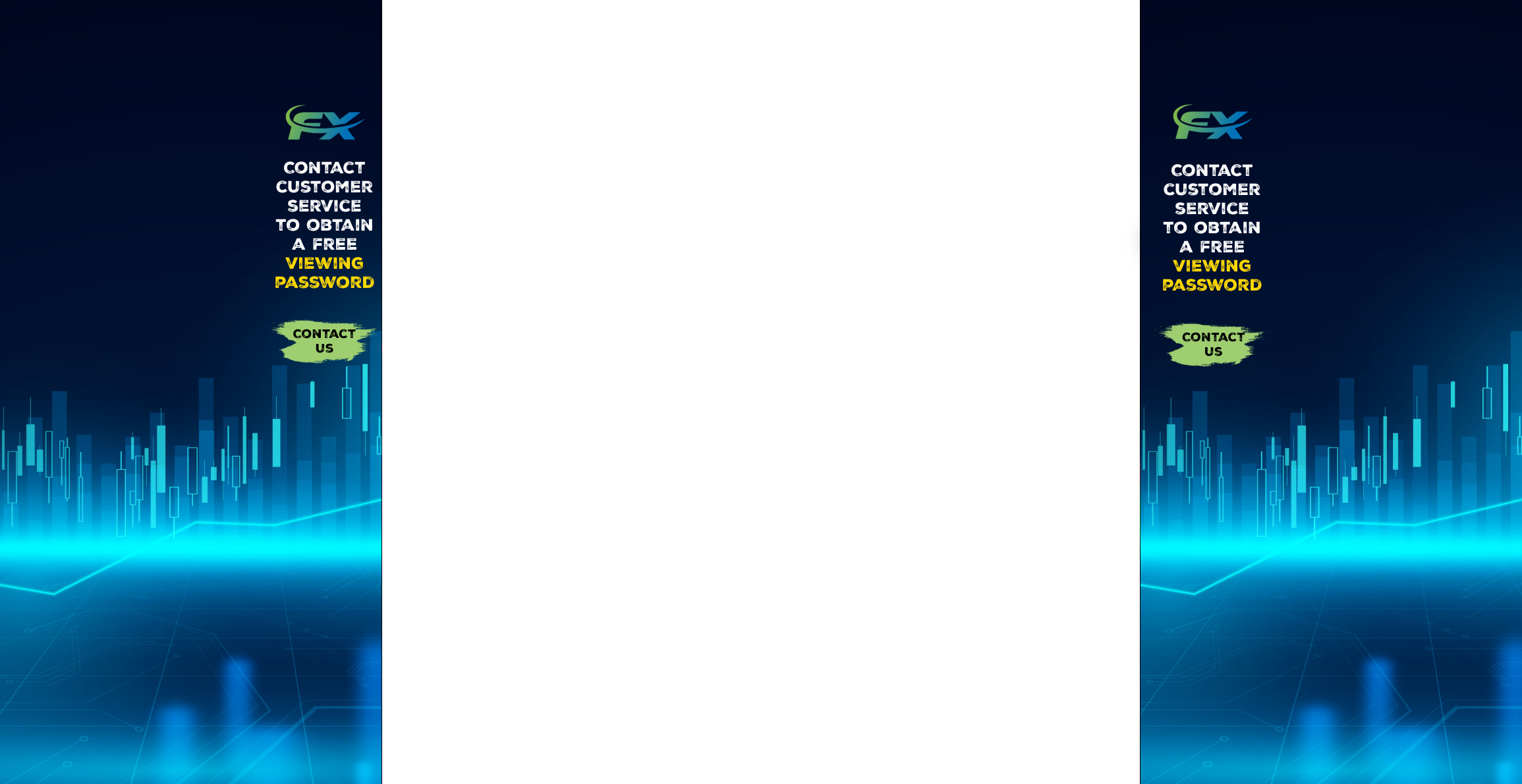




Exness: Premium Trading on Forex, Gold & Crypto. Your search for the BEST SPREAD ends here!


Use this EUR-USD margin calculator to accurately calculate how much margin is required to open a EUR-USD trading position based on lot size, leverage, and live price. This tool helps traders manage risk and avoid unexpected margin calls.
Example: Trading 1 lot of EUR-USD with 100:1 leverage at an exchange rate of 1.1650 requires approximately $1,165 in margin. Lower leverage increases margin requirements but reduces overall trading risk.
Margin is the amount of capital required by a broker to open and maintain a EUR-USD position. It is not a trading fee and is released once the position is closed. Margin requirements vary based on leverage and market price.
Leverage allows traders to control a larger EUR-USD position with a smaller deposit. While higher leverage reduces required margin, it also increases potential losses. Most professional traders use conservative leverage to control risk.
Last updated on 2025-12-08